
And Thana Faroq is proving it to audiences all over the world with her powerful photography. タナは彼女の芸術が彼女を許可することを説明して “無知を排除します, 教育し、鼓舞, even during times of war.” Born and raised in Yemen, Thana was granted a scholarship at the age of 16 to finish high school in Canada, where she completed the IB Diploma Programme. Obtaining a second scholarship, she travelled to the U.S. to study International Relations and Photography at Clark University.
It is my great pleasure to welcome Thana Faroq to 教育のためのグローバル検索. 次のインタビューで, Thana talks about storytelling through pictures, the role her education played in her incredible journey as an artist, the capacity of the human spirit to prevail, and her big dreams for life moving forward.
What kinds of things are learned by paying attention to street life that are not learned from other sources?
You learn a lot just by observing everyone in the street. People’s spirit and energy are always inspiring. It’s a life that doesn’t stop; there’s something about the unscripted and dynamic moments that can provoke, インスパイア, or even disturb you. I think I have seen some of the best and worst of humanity since I became a street photographer.
また, in the streets in Yemen where daily life is beyond difficult, 私は続けていくために人間の精神のためのほとんど想像を絶する能力について学びました. I’ve learned about resilience and strength.
You also get to develop special skills in communicating with and loving people, and interacting with them. 私には, there are things in the streets that are far more important than capturing the right moment. Sometimes it’s about making the connection with people out there.
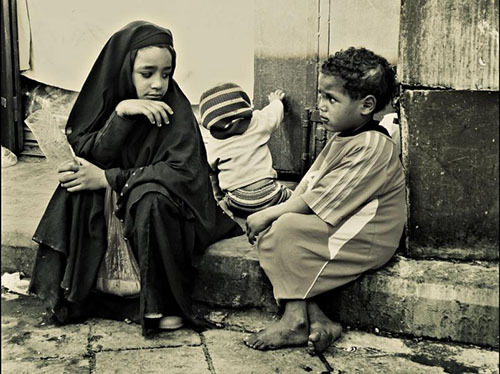
Are there other ways of documenting street life that interest you beside photography?
Currently no, but when I was younger, I used to love writing. I would keep a journal and write about everything that really mattered to me. Street life was among the things I would write about — the people I met and the conversations I would have with them. Sometimes I would take public transportation just so I could listen to people’s stories on the bus. I would enjoy their talk about everything — 政治, 家族, the jokes and the complaints about life. I used to write about it all. Now when I think about it, maybe this was my early documentation of street life. But I felt that words were limiting, they didn’t resonate like photos. They don’t give the instant feelings of the sweet and sorrow that our lives may lead us into. So writing alone was no longer an exciting process and I had to combine it with photography.
What is it about diversity in the kinds of stories we tell children that is especially enriching to their lives?
We all love stories and to a certain extent we were influenced by our bedtime stories. Right? This is important because our children will be raised on stories that they can learn from and relate to, and that will make them think and question the things around them. Stories that cross cultural barriers can describe realities to them and bring new perspectives to their little worlds. They will grow up with real values of tolerance, love and understanding.
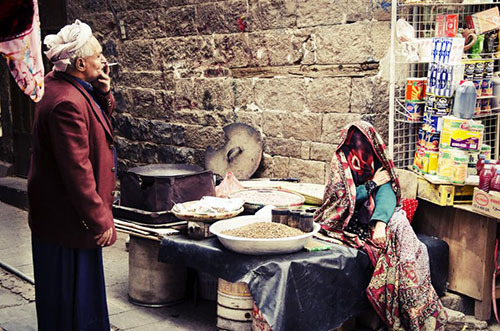
What kind of insight into the lives of a community is gained by seeing a photo of it? What is lost?
I believe that photos are the perfect form to teach us something beyond what is visible to us. You can learn a lot about communities, 文化, and people just by “読書” the images of them. Photos of a certain community will inform you about its life conditions and ways of living. Sometimes the photo will communicate to you a special experience that you aren’t aware of. ある場合には, it will erase a misconception you had about the people in the photo. Photos will not transcend everything of course, but you will get the flavor of what makes communities unique.
しかしながら, I believe that art is subjective and the camera can be misleading. Maybe the story in some photo isn’t the best — or let’s say it’s not an accurate representation of the people in a community. この場合, the truth is lost in here. This is why I talk about “読書” a photo, which implies that we make an effort to understand and question photos and the stories they carry to us.
What can we learn from your story? How do we get better at supporting the artistic passions of young people around the world?
Passion has been the driving motive for everything I do. It’s the power that keeps me going in the face of daily life struggles. It’s the motive to challenge the status quo and face the current unfortunate events in my country. When people ask me how am I not afraid of photographing in the streets, I simply smile; I can’t be afraid — I am motivated and I trust my camera. And this is what I want people to learn: to trust their passion, to respond to it with hard work and perseverance because it pays off.
In the case of fine art and photography, there are many great emerging and passionate young artists that people aren’t aware of. It’s unfortunate that we only praise and recognize those who are already established. There’s nothing wrong in looking at how the young generation is expressing themselves. Why don’t we give them the opportunity to examine their talents and to share their stories? Let’s be curious about them. Some of these great talents get buried with time because they haven’t received the necessary attention they need to carry on.
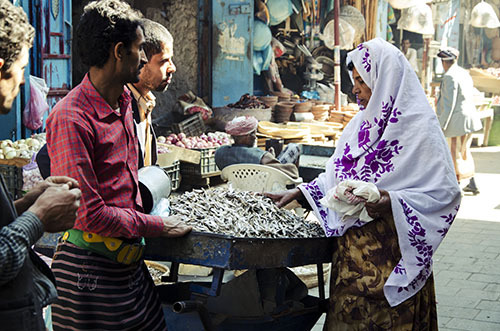
You have said that your education enabled you to do what you do now. Can you explain why you believe this?
By the time I returned home, my interest in street photography had grown, but I knew it was going to be a great challenge. しかしながら, the strength I developed through education allowed me to break barriers and it was my motivation to keep going. My IB education and university degree provided me with unique opportunities to discover myself and to find my true passion.
So often I wonder, what if I didn’t have this strong educational background? Would I be the same person today? Maybe, but I wouldn’t have the capacity, the skills and the weapons to be the artist and the woman I desired to be.
My education experience abroad changed my life; it gave me the courage to confront people in the streets who I no longer call strangers. I’m equipped with confidence; I wasn’t scared to document street life in times of war because through education I learned the true meaning of creativity, which is creating the individuals who would make a difference in the world. The world can be as small as their personal life or as big as the physical world itself. The context doesn’t matter. 私には, it is Yemen at the moment.
What’s next for Thana Faroq – where do you see yourself 5 今から数年?
I am very inspired by universally recognized photographers such as Steve Muccary, Jimmy Nelsson and Lisa Kristine who traveled the world to capture the essence of human struggle and joy everywhere they went. 今から五年, maybe I would have a similar experience and become an international photographer touring the globe. I want to explore other communities and cultures and produce iconic images that make an impact and influence the way people see certain things in their societies.
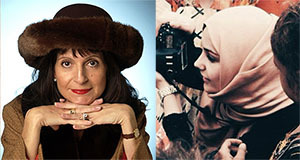
(All photos are courtesy of Thana Faroq)
サー·マイケル·バーバー含む私を参加して、世界的に有名なオピニオンリーダー (英国), DR. マイケル·ブロック (米国の), DR. レオンBotstein (米国の), 教授クレイ·クリステンセン (米国の), DR. リンダダーリング·ハモンド (米国の), DR. MadhavChavan (インド), 教授マイケルFullan (カナダ), 教授ハワード·ガードナー (米国の), 教授アンディ·ハーグリーブス (米国の), 教授イヴォンヌヘルマン (オランダ), 教授クリスティンHelstad (ノルウェー), ジャンヘンドリクソン (米国の), 教授ローズHipkins (ニュージーランド), 教授コーネリアHoogland (カナダ), 閣下ジェフ·ジョンソン (カナダ), 夫人. シャンタルカウフマン (ベルギー), DR. EijaKauppinen (フィンランド), 国務長官TapioKosunen (フィンランド), 教授ドミニクラフォンテーヌ (ベルギー), 教授ヒューローダー (英国), 主ケンマクドナルド (英国), 教授ジェフ·マスターズ (オーストラリア), 教授バリー·98名 (オーストラリア), シヴナダール (インド), 教授R. Natarajan (インド), DR. PAK NG (シンガポール), DR. デニス教皇 (米国), Sridhar Rajagopalan (インド), DR. ダイアンRavitch (米国の), リチャード·ウィルソン·ライリー (米国の), サー·ケン·ロビンソン (英国), 教授パシSahlberg (フィンランド), 教授佐藤学 (日本), アンドレアス·シュライヒャー (PISA, OECD), DR. アンソニー·セルドン (英国), DR. デビッド·シェーファー (米国の), DR. キルスティン没入Areの (ノルウェー), 首相スティーブン·スパーン (米国の), イヴTheze (LyceeFrancais米国), 教授チャールズUngerleider (カナダ), 教授トニーワーグナー (米国の), デイヴィッド·ワトソン (英国), 教授ディランウィリアム (英国), DR. マークWormald (英国), 教授テオWubbels (オランダ), 教授マイケル·ヤング (英国), 教授Minxuan張 (中国) 彼らは、すべての国が今日直面している大きな絵教育問題を探るように.
教育コミュニティページのためのグローバル検索
C言語. M. ルービンは彼女が受け取った2つの広く読まれているオンラインシリーズの著者である 2011 アプトン·シンクレア賞, “教育のためのグローバル検索” そして “私たちはどのように読み込みます?” 彼女はまた、3冊のベストセラーの著者である, 含めて 不思議の国のアリスリアル, の出版社です CMRubinWorld, そしてかく乱財団研究員である.





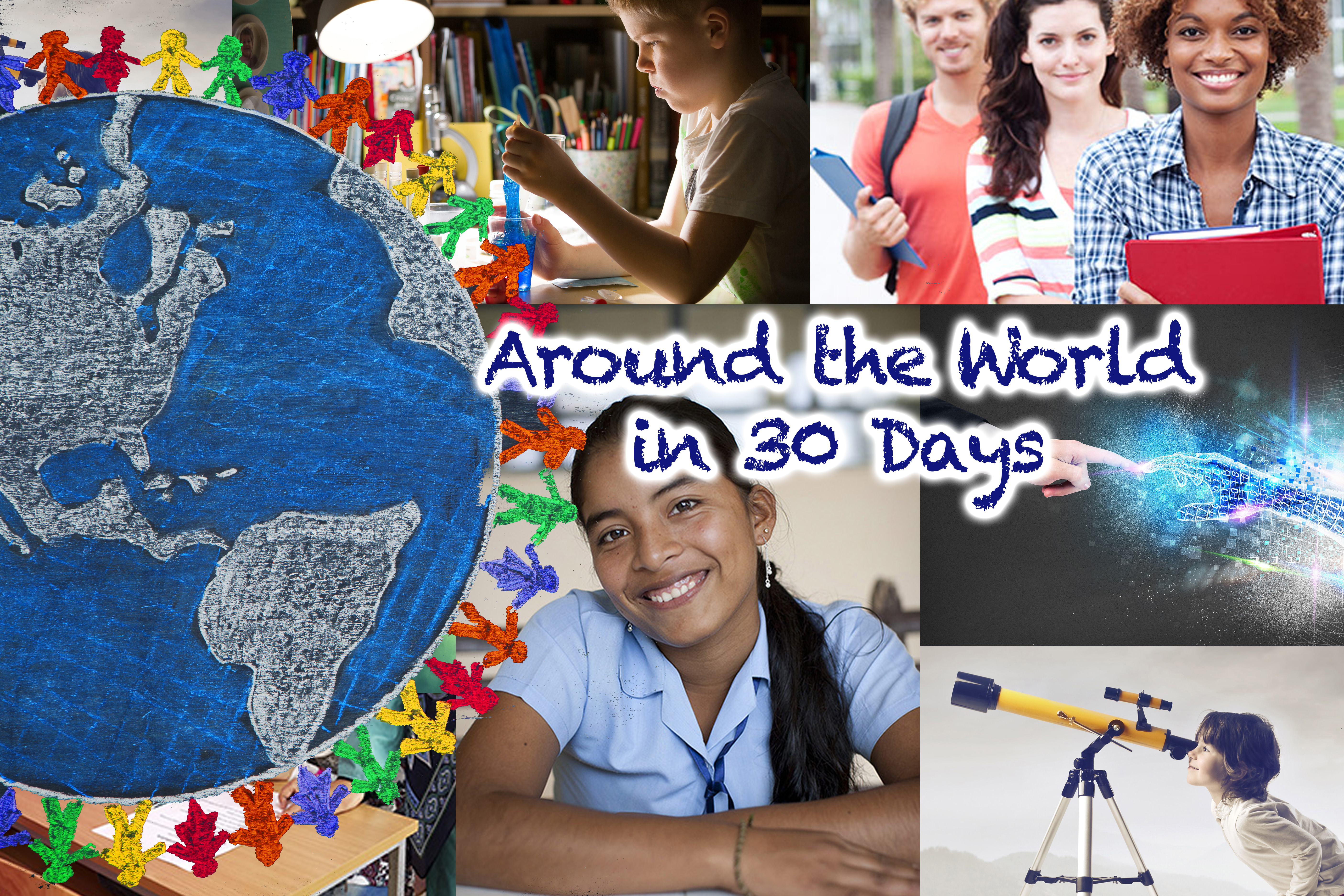
最近のコメント